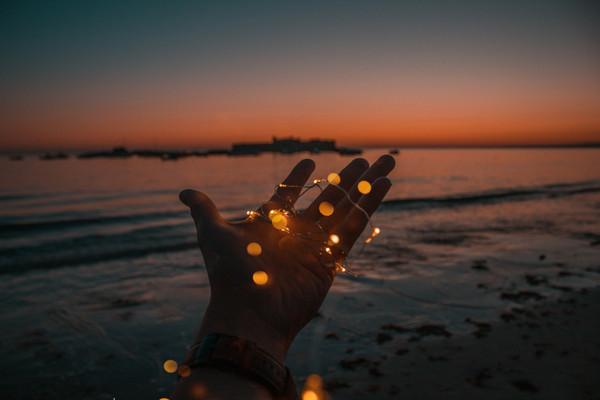Explore the World's Best Ideas
Join today and uncover 100+ curated journeys from 50+ topics. Unlock access to our mobile app with extensive features.
Nightmares
Nightmares are broadly defined as frightening dreams that result in some degree of awakening from sleep.
Nightmares themselves contribute to disrupted sleep not only by waking the sleeper but also because they can lead to fear of falling asleep and returning to a disturbing dream. According to research, nightmares may contribute to insomnia, daytime fatigue, depression, and anxiety.
159
739 reads
Night terrors
Night terrors are very intense episodes of fright during dreams. These frightening episodes are often accompanied by screaming or yelling, as well as by physical movement such as leaping out of bed or flailing in panic.
Research suggests that sleep terrors occur during non-REM sleep dreaming, while nightmares tend to happen during REM sleep.
142
682 reads
Lucid dreams
In lucid dreams, the dreamer is aware of the fact that he or she is dreaming, and often can manipulate or control the dream as it unfolds.
Studies have found that lucid dreamers displayed significantly higher brain wave frequencies than non-lucid dreamers, as well as increased activity in parts of the frontal lobe.
198
723 reads
Dreams about self
Research indicates that a majority of dreams contain content related to autobiographical memories—memories about the self—as opposed to episodic memories, which deal with events and details such as locations and times.
140
707 reads
Dream lag
Daily life experiences don’t always present themselves in dreams immediately. Sometimes an experience from life will filter through to a dream after several days or even a week. This delay is what’s known as dream lag.
Dreaming of these events—and the timing by which memories appear in dreams—may actually be an important part of the memory consolidation process.
152
638 reads
Processing traumatic events
Another function of dreaming appears to be processing and coming to terms with traumatic events. Grief, fear, loss, abandonment, even physical pain are all emotions and experiences that often replay themselves in dreams.
153
663 reads
IDEAS CURATED BY
Luciana Owain's ideas are part of this journey:
Learn more about personaldevelopment with this collection
Understanding the importance of decision-making
Identifying biases that affect decision-making
Analyzing the potential outcomes of a decision
Related collections
Similar ideas
9 ideas
Dreams: Why We Dream & How They Affect Sleep
sleepfoundation.org
10 ideas
10 Interesting Facts About Dreams
verywellmind.com
7 ideas
Read & Learn
20x Faster
without
deepstash
with
deepstash
with
deepstash
Personalized microlearning
—
100+ Learning Journeys
—
Access to 200,000+ ideas
—
Access to the mobile app
—
Unlimited idea saving
—
—
Unlimited history
—
—
Unlimited listening to ideas
—
—
Downloading & offline access
—
—
Supercharge your mind with one idea per day
Enter your email and spend 1 minute every day to learn something new.
I agree to receive email updates


